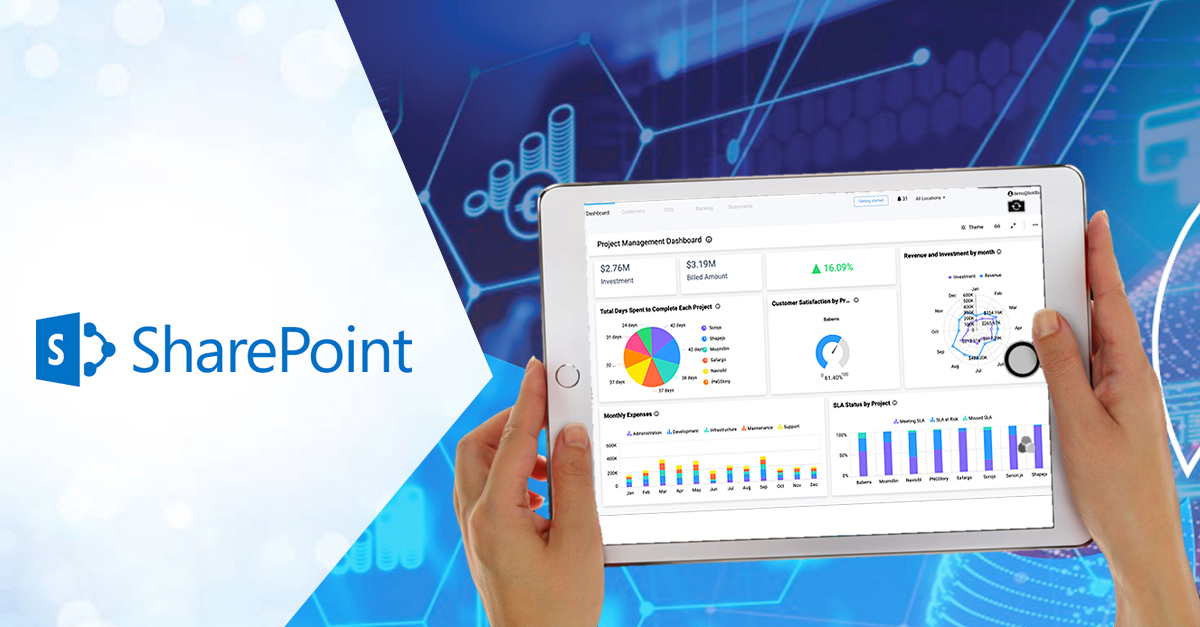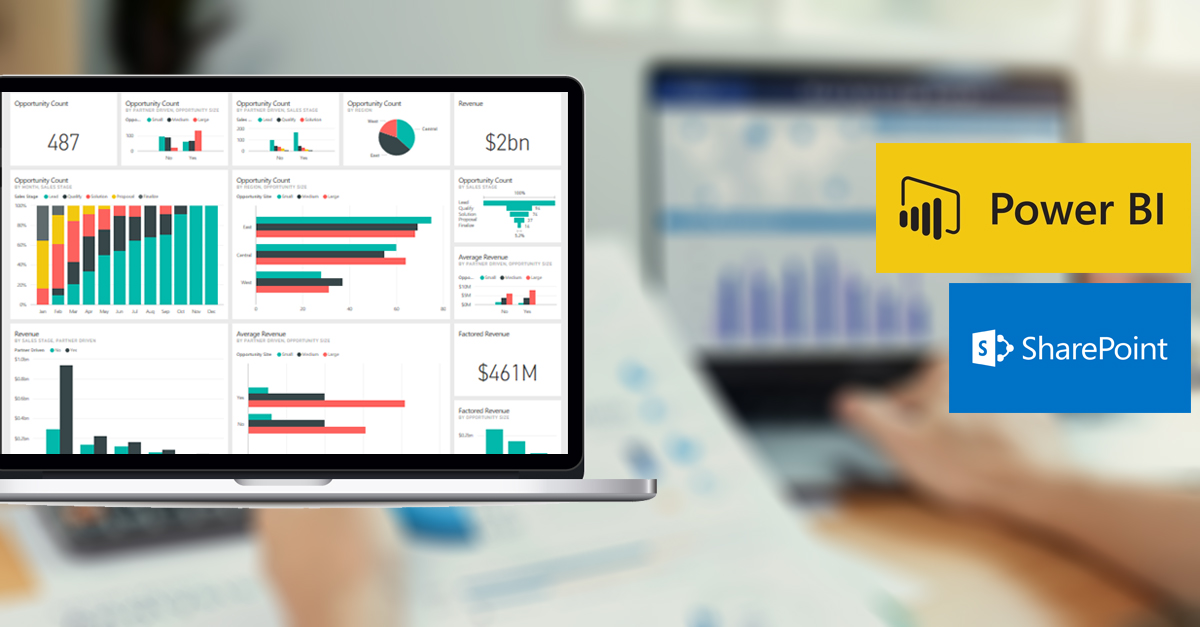
It is appalling to see how technology is making our work easier. What was impossible to think of in the past decade is becoming practically possible.
Who thought flawless remote working was possible? And let us tell you, although the pandemic accelerated the remote work and digitalization process, the foundation was laid way before that. And all this is possible due to the innovation and interaction technology allows.
And Sharepoint and Teams allow such seamless integrations. You can source data and visualize them into appealing and easy-to-understand reports. Also, you can customize dashboards and have one-click access to information.
Well, there is so much to reporting and dashboarding with Sharepoint and Teams that by the end of this article, you will be astonished as to why you did not introduce them earlier into your system! But as the saying goes, better late than never!
How SharePoint and Teams Enhance Reporting and Dashboarding
Let us begin with the benefits of the integration and later discuss the technical details.
SharePoint and Teams can enhance reporting and dashboarding by providing a centralized platform for data storage, analysis, and visualization.
Here are a few ways in which these platforms can be used to enhance reporting and dashboarding:
To Sum It All Up
With the powerful collaboration of Sharepoint Pages, Teams, and Power Apps, teams can work more efficiently and effectively. Whether your services are in the cloud, on-premise, or have a hybrid structure, the collaboration of these incredible tools will surely take your reporting and dashboarding to the next level!



